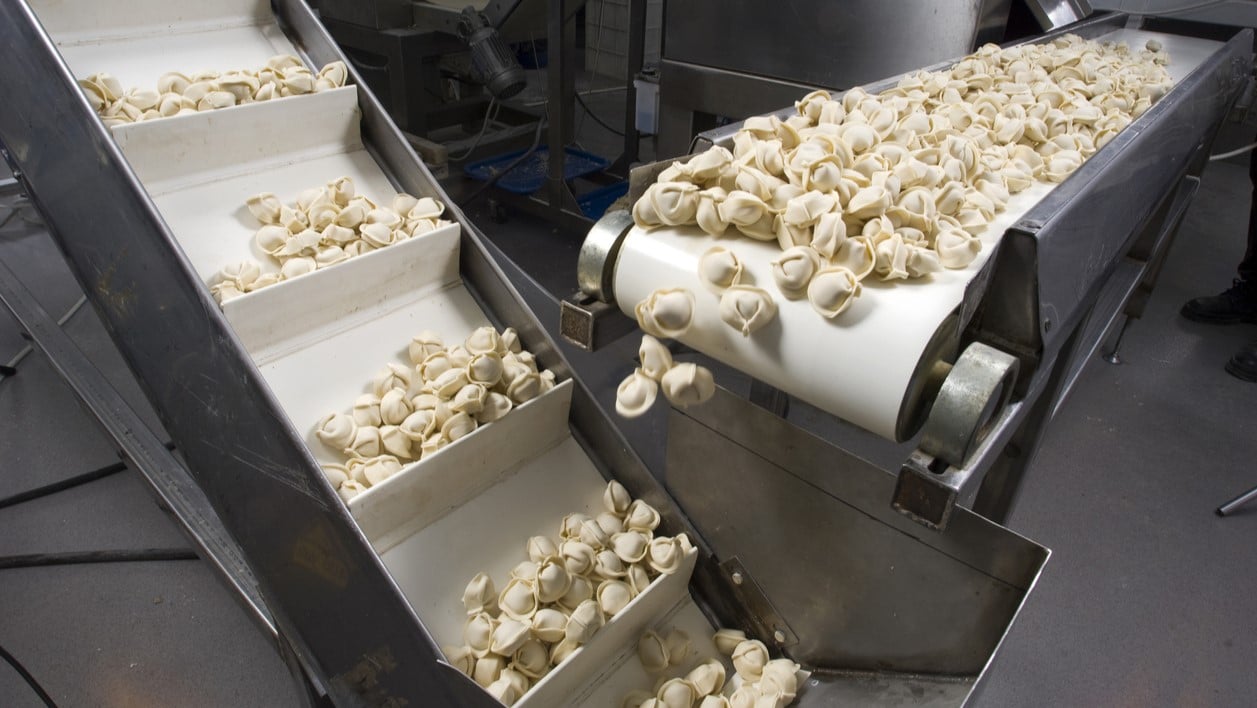Overcoming Food Safety Issues During Corporate Transitions
In recent years, the food and beverage industry has witnessed an unprecedented surge in private equity acquisitions, signaling a transformation in the industry landscape poised to leave a lasting impact for years to come. In 2021 alone, private equity purchased a record-breaking 786 food and beverage manufacturers, with transactions collectively valued at an astonishing $32 billion. This uptick in private equity investments is already reshaping the industry landscape, bringing forth new dynamics, strategies, and challenges to explore — including food safety issues.
As companies change ownership, it’s common to experience logistical challenges, particularly in upholding critical processes. Taking steps to maintain food safety takes on added importance during a corporate transition, protecting public health as well as the reputation of the brand. Here’s how to overcome the communication and operational challenges amid a change of ownership.
Avoiding Food Safety Issues Amid Corporate Transition
New ownership in any business always requires adjustments in leadership, company culture, and priorities, which can disrupt established procedures and standards. Changing company ownership in the food and beverage industry can introduce broader challenges in crucial processes related to maintaining food safety. Safeguard food safety programs and ensure continuance of food safety standards and quality with the following steps:
1. Document current practices
To ensure a smooth transition, stakeholders should meticulously collect all documentation related to existing food safety programs and protocols. These documents include records of inspections, audits, compliance with regulatory standards, and any incidents or corrective actions taken. It’s crucial to conduct thorough interviews with the key stakeholders who have overseen food safety initiatives to gather valuable institutional knowledge missing from documents. These interviews help identify potential gaps or areas for improvement and relay critical information to the incoming ownership or management. Where necessary, update standard operating procedures (SOPs), training materials, and other documentation to reflect the current state of food safety practices.
2. Develop a transition plan
A food safety transition plan serves as a roadmap for current and incoming stakeholders, outlining the steps and procedures to ensure the seamless continuation of food safety practices. Without a clear transition plan, there is a heightened risk of disruptions and potential food safety issues arising during the corporate transition. This plan facilitates a smooth transfer of critical knowledge, documentation, and responsibilities. It also helps identify gaps or inconsistencies in food safety protocols that new leadership can address. This step ensures that all stakeholders, including the incoming management or ownership, are fully informed of their roles and responsibilities regarding food safety.
3. Retain experienced staff and leadership
Long term or otherwise invested employees possess invaluable institutional knowledge, a deep understanding of their company's operations, and a proven track record in implementing and maintaining effective food safety protocols. Leveraging their expertise ensures continuity in food safety practices, helps bridge the transition gap, and minimizes the risk of disruptions. Experienced personnel can play a pivotal role in training and guiding new leadership, sharing best practices for avoiding food safety issues, and identifying potential risks or areas for improvement in procedures.
4. Train and educate incoming leadership and staff
Ensuring a smooth transition requires comprehensive training that covers all aspects of food safety protocols and procedures specific to the operation. Hands-on food safety training and simulations are critical to reinforcing learning and ensuring that employees are able to apply food safety principles in their daily tasks. Ongoing education and regular updates are crucial to keep staff informed about any changes or improvements in food safety practices as new ownership gets more familiar with the company’s challenges.
5. Prepare a crisis management plan
A crisis management plan outlines the steps company leadership and front-line workers should take in the event of an emergency or other type of food safety issue. It helps stakeholders identify and assess risks, define roles and responsibilities, and establish clear communication channels. For food and beverage companies changing ownership, a well-prepared crisis management plan is instrumental in swiftly addressing food safety issues and can help minimize their impact on consumers, the company's reputation, and regulatory compliance.
Overcome Food Safety Issues With AIB International
Maintaining food safety can be incredibly challenging, especially during major events like a corporate shift or change of ownership. It’s critical for stakeholders to take steps to maintain food safety during a transition by bolstering training to ensure proper documentation, standardization, and cohesion across the operation.
AIB International has over a century of experience helping food and beverage companies develop and execute food safety programs to the highest standards — including during crises and other events. Get your team up to compliance standards and reinforce best practices Assigning an Expert to your facilities.


